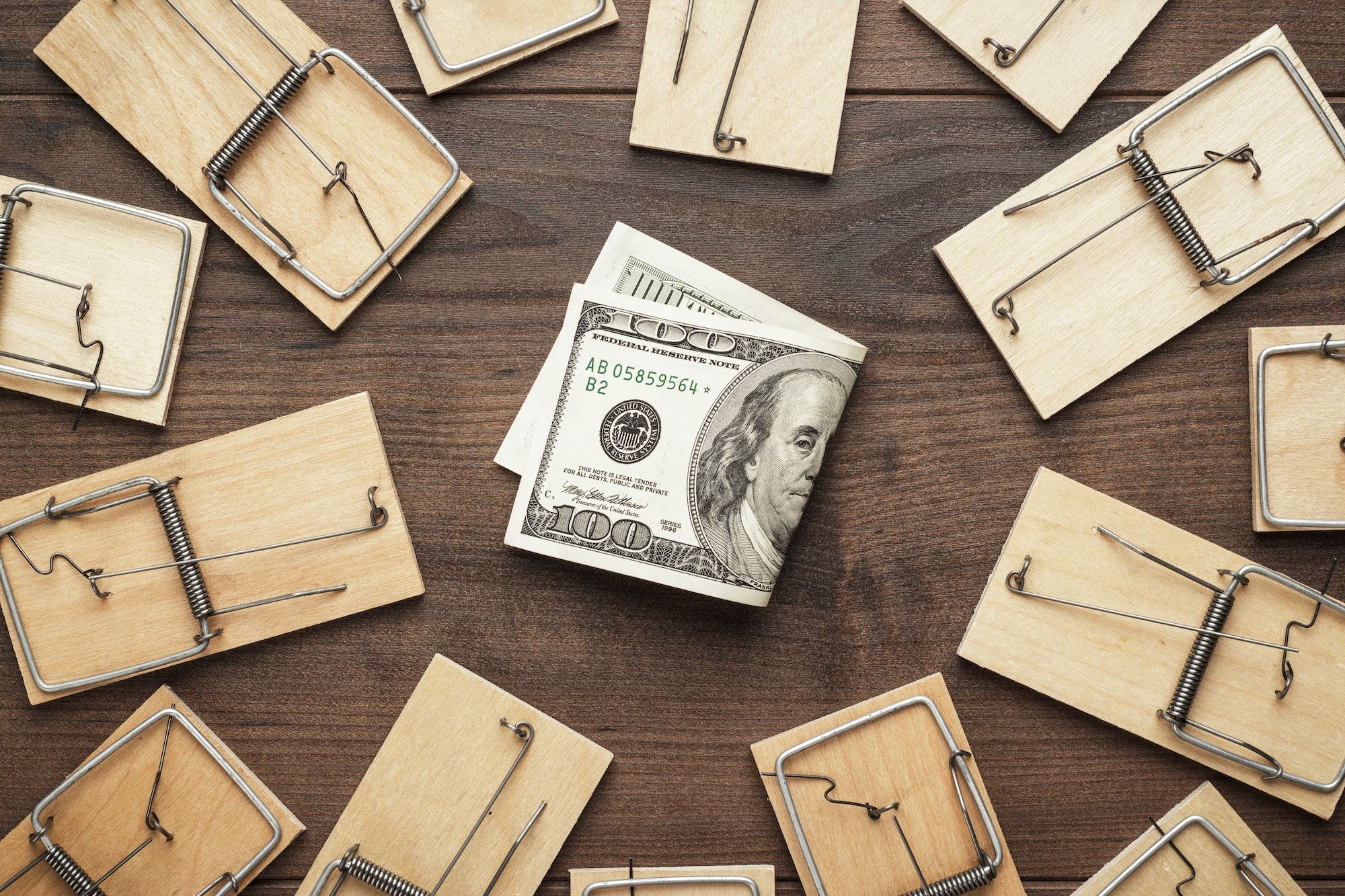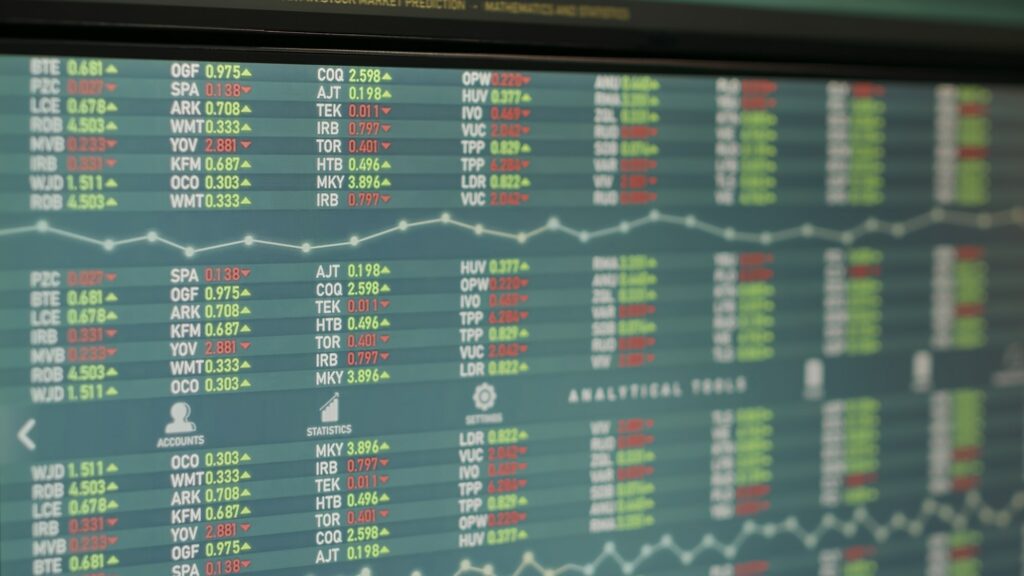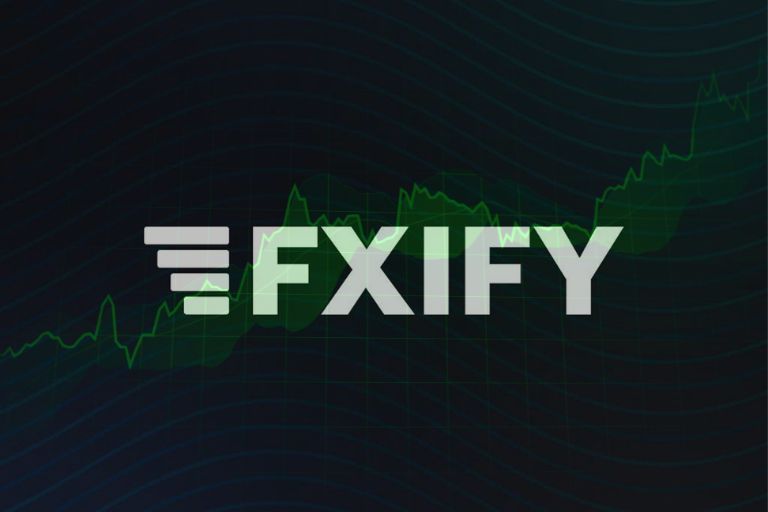Fear and Greed Index

Definition
The Fear and Greed index, a metric released by CNN Money, measures investor sentiments throughout the financial market on a scale that goes from zero, or “Extreme Fear,” to 100, or “Extreme Greed.” Theoretically, the closer the index comes to zero, the greater the likelihood that investors are undervaluing the market and dumping too many securities.
Importance of Understanding the Fear and Greed Index
The Fear and Greed Index can provide valuable insights to investors regarding the overall market sentiment, which they can consider while making their investment decisions. Although individual preferences may differ, the Fear and Greed Index can help streamline this process and save investors time and money that would otherwise be spent on independent research.
According to many experts, the fear and greed index is valuable as long as it isn’t the only factor considered when making investing decisions. Investors are encouraged to monitor fear to take advantage of buying opportunities when securities decline and to consider periods of greed as a potential sign that securities may be overvalued.
What is the Fear and Greed Index?
Brief History of the Fear and Greed Index
The cryptocurrency market exhibits very emotional behavior. When the market is rising, people become greedy, leading to FOMO (Fear of missing out). In addition, selling digital assets is a common irrational response to seeing red numbers. Because of this, you can prevent your own emotional outbursts with the help of the Fear and Greed Index.
CNNMoney created the Fear and Greed Index to quantify two main emotions affecting investing. It is calculated daily, weekly, monthly, and annually. The theory is based on the idea that extreme fear tends to lower securities prices, while excessive greed tends to have the opposite effect.
How the Fear and Greed Index is Calculated
The Fear & Greed Index comprises seven distinct indicators, each representing a unique aspect of financial market behavior. Here is a breakdown of those indicators:
- Stock Price Strength
Stocks are reaching all-time high trading values due to more investors. Fear is evident when more equities experience a 52-week low than a high within that period. More investors are giving up on equities, which has caused trading prices to fall.
- Market Volatility
As investors close out positions and open new ones in a volatile market, higher levels of volatility are related to higher levels of fear. As investors hold onto assets they anticipate will increase in value, lower levels of volatility are linked to higher levels of greed.
- Junk Bond Demand
This demonstrates market greed. When the gap is greater, investors pick safer positions rather than the risky ones that junk bonds offer. This reflects anxiety and fear about an approaching bear market.
- Market Momentum
Using the 30-day and 90-day averages as benchmarks, the Fear and Greed Index calculates the market’s current volume and momentum. High volume and momentum are viewed as negative measures that increase the final index output. Volume/momentum represents 25% of the index value.
- Dominance
Dominance is the percentage of the total cryptocurrency market capitalization that Bitcoin accounts for in terms of market capitalization. Less speculation about altcoins occurs as Bitcoin’s dominance increases, which may indicate investor skepticism.
- Surveys
On a polling platform, surveys are done weekly to determine people’s opinions on the markets. Each of the previous indicators includes qualitative and market momentum and volatility scores. Investors can use this index to get data on the state of the markets.
- Call Options
Call options are bullish, meaning the trader anticipates an increase in prices. More traders taking this position is a sign that the market is overly greedy. Put options are an opposing position, meaning the trader anticipates a price decline. More traders taking this stance is a sign that the market is frightened.
Factors Considered in the Fear and Greed Index
The Fear and Greed Index is a tool that uses human psychology to measure and quantify sentimental impulses, which drive most market movements. Understanding and controlling them can lead to successful trading.
For long-term investors, monitoring the index’s fear rating can help to determine the best time to purchase additional shares of ETFs and businesses. However, market experience is more important than timing.
Understanding the Different Levels of the Fear and Greed Index
The available categories for the index’s range of 0% to 100% are Extreme Greed, Greed, Fear, and Extreme Fear. To do this, it uses market sentiment analysis, which has been statistically computed to give it a specific weight and examines the most significant variables of the market in various quadrants. The four quadrants of the fear and greed index are as follows:
Extreme Fear (0-24: orange)
This range is orange and indicates that the market is extremely fearful.
Fear (25-49: yellow)
When the Fear and Greed Index falls between 25-49, it suggests that the market is currently experiencing fear, and although prices may be low, they are not at their lowest, as indicated by the yellow reading.
Greed (50-74: light green)
Typically colored light green, this chart region signals the prevalence of market greed as many investors are currently buying securities, increasing prices.
Extreme Greed (75-100: green)
This scale demonstrates the market’s extreme greed. It’s green, and it can signify that the purchasing pressure has peaked and that a pullback is just around the corner.
Interpreting the Fear and Greed Index
Understanding Market Trends
The Fear & Greed Index determines the market’s state of mind. Fear and greed sentiment indicators can help investors recognize their own emotions and prejudices, which can affect their decisions because many investors are emotional and receptive. When used with fundamentals and other analytical tools, the Index can be valuable for gauging market mood.
Making Informed Investment Decisions
Knowing when there is a high in either greed or fear can help investors decide when is the best moment to enter or exit a market or a position when combined with other types of analysis.
Identifying Market Sentiment
When used with fundamental analysis and other analysis methods, the index can be a valuable tool for assessing market sentiment. The index tracks changes in market price on a daily, weekly, monthly, and annual basis to determine each sentiment on a scale of 0 (extreme fear) to 100 (extreme greed). While excessive greed has the opposite impact, excessive fear typically causes stock values to decline.
Applications of the Fear and Greed Index
Short-Term Trading
While attempting to time the market for quick profits is generally not recommended, the Fear and Greed Index can be a useful tool to help determine the right time to buy or sell. One approach could be to consider aligning your investment entry point with the index’s indication of fear to increase the likelihood of making successful trades.
Long-Term Investing
This index is a reasonably accurate predictor of market and investment trends. Anyone wishing to invest long-term can choose a suitable investment strategy based on the index and quickly identify overvalued securities. When markets are heading downward, you can protect your portfolio by using market sentiment to raise capital, increasing your risk-to-reward ratio.
Asset Allocation
Based on the fear-greed index, investors can control the risk in their portfolios by raising their asset or cash allocation during bearish market trends and increasing their securities allocation during bullish market trends. The best allocation for your portfolio is calculated using the sentiment of the market.
Conclusion
CNN Money publishes the Fear and Greed Index to measure market enthusiasm. This measure can be viewed as a type of technical analysis rather than a type of fundamental analysis, which evaluates a company’s financial performance, because it focuses on share prices and trading volume.
Expect prices to increase and assets to become overvalued when greed levels are high. Price drops and potentially undervalued assets are to be anticipated when anxiety levels are high. Therefore, it is vital for prospective investors and crypto enthusiasts to comprehend this index’s structure, what it captures, and what it says about the market.
Websites for Tracking the Fear and Greed Index
They analyze emotions and sentiments from different sources daily and crunch them into one simple number: The Fear & Greed Index for Bitcoin and other large cryptocurrencies.
The PyInvesting Fear and Greed Index measures market sentiment by observing the percentage of stocks across the market that are in an uptrend.
The CFGI (Fear and Greed Index) indicates market sentiment for any cryptocurrency. On this page, they calculate the fear and greed index for 41 tokens considering many factors.
This Fear and Greed Index tool helps investors and traders analyze the Bitcoin and Crypto market from a sentiment perspective.






